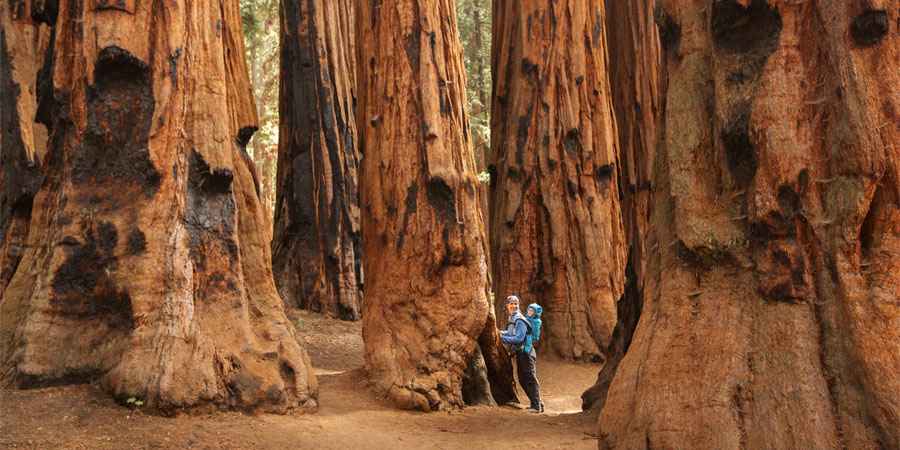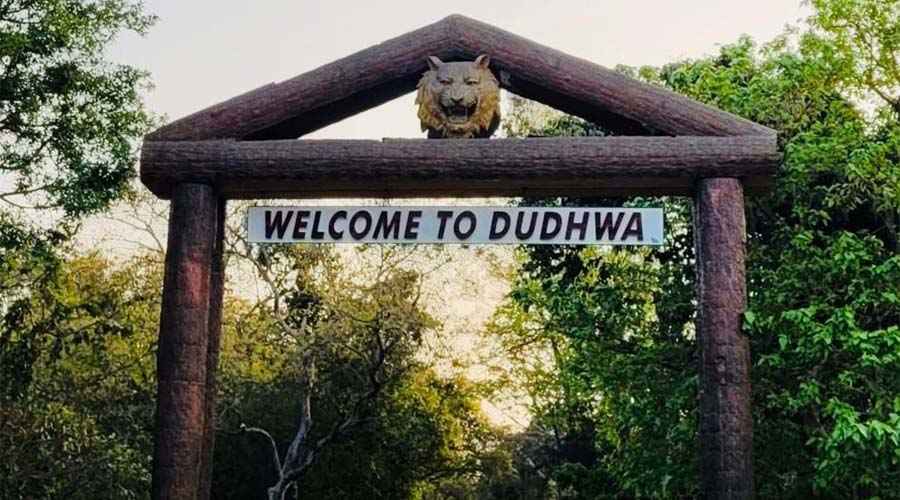Nestled along the northern coast of California, Redwood National Park is one of the most remarkable natural reserves in the United States. Famous worldwide for its towering old-growth redwoods, the park is more than just a forest—it is a living testimony to nature’s power, resilience, and beauty. Designated as a UNESCO World Heritage Site, it draws in visitors not just to see the tallest trees on Earth but also to experience its rich biodiversity, scenic landscapes, and cultural heritage.
The Ancient Forest Giants
The most iconic feature of Redwood National Park is its old-growth coast redwoods (Sequoia sempervirens). These trees are not only the tallest living species on the planet but also among the oldest, with some trees surviving for more than 2,000 years. Standing as high as 350 feet, the redwoods create an awe-inspiring canopy, often shrouded in coastal fog that protects them from drought and fire. Walking through these groves feels like stepping into a natural cathedral, with shafts of light piercing through the towering trunks and quiet trails winding beneath their shadow.
The redwoods are also vital for ecological balance. Their thick bark resists fire, while their interconnected root systems help them endure strong winds and floods. These ancient trees are also major carbon sinks, making them crucial allies in the fight against climate change.
A Landscape Beyond Trees
While redwoods are the centerpiece, the park itself is a blend of diverse ecosystems. Redwood National and State Parks cover nearly 138,000 acres, encompassing prairies, oak woodlands, rivers, rugged coastline, and even marine environments. Scenic drives like the Newton B. Drury Scenic Parkway give travelers a chance to witness the changing landscapes—from dense forest groves to open, flower-filled meadows.
The park’s coastline is equally dramatic. Stretching for 40 miles along the Pacific, it features rocky cliffs, sandy beaches, and tidal pools teeming with marine life. The mix of forest and ocean creates unique wildlife habitats that are rarely found together elsewhere in the world.
Wildlife and Biodiversity
Redwood National Park is home to an astonishing variety of wildlife. Visitors often catch glimpses of Roosevelt elk grazing in open prairies—the largest elk species in North America. Black bears, river otters, bobcats, and mountain lions inhabit the dense forests, while salmon and steelhead trout thrive in the park’s rivers.
Along the coastline, harbor seals, sea lions, and gray whales can be spotted, particularly during migration seasons. Birdwatchers can enjoy a diverse range of species, such as the marbled murrelet, northern spotted owl, and bald eagle. The park’s varying ecosystems create a rich biodiversity hotspot, making it as valuable scientifically as it is visually.
Cultural and Historical Significance
Long before it became a protected park, the land was home to Native American tribes, including the Yurok, Tolowa, Chilula, and Karuk peoples. For these communities, the redwoods and rivers hold deep cultural and spiritual significance. They relied on the natural surroundings for food, tools, and shelter while building a way of life closely tied to the landscape. Even today, the descendants of these tribes maintain a cultural relationship with the land, preserving traditions that highlight the deep coexistence between humans and the environment.
European settlement and the gold rush of the 1800s brought significant changes. Logging of redwoods began on a massive scale, leading to widespread destruction of ancient groves. By the early 20th century, conservationists recognized the importance of protecting what remained, leading to the creation of several state parks and later the establishment of Redwood National Park in 1968.
Recreational Activities
Visitors to Redwood National Park are offered countless opportunities to immerse themselves in nature. Hiking is perhaps the most popular activity, with over 200 miles of trails winding through towering forests, along rivers, and across coastal bluffs. Trails like Tall Trees Grove and Lady Bird Johnson Grove highlight the grandeur of the trees, while the Fern Canyon Trail offers a magical walk through mossy, fern-covered canyon walls that look straight out of a movie set.
For those who enjoy scenic drives, the Coastal Drive provides breathtaking views of the Pacific Ocean, while Prairie Creek ensures encounters with elk herds. Kayaking, camping, and ranger-led educational programs provide additional ways to engage with the park. Photographers, too, find endless inspiration, particularly with the interplay of fog and light that often casts surreal scenes in the forest.
Conservation Challenges
Even with federal protections, Redwood National Park faces ongoing conservation challenges. Climate change threatens the delicate balance of ecosystems, with rising temperatures and shifting fog patterns affecting redwood growth. Invasive species also pose a danger to native plants and animals. Additionally, past decades of extensive logging have left scars that are still being healed through restoration projects.
Collaborative efforts continue between the National Park Service, California State Parks, conservationists, and Native American tribes to restore habitats, rehabilitate streams for salmon runs, and protect the remaining old-growth forests.
Why Redwood National Park Matters
Redwood National Park is more than just a tourist destination. It serves as a sanctuary for some of Earth’s most ancient life forms, a habitat for diverse species, and a sacred landscape for indigenous communities. It is a place that reminds humanity of nature’s resilience and grandeur, offering both inspiration and responsibility.
Standing beneath a redwood tree, it is nearly impossible not to feel humbled by their size and endurance. They have survived for millennia, enduring storms, fires, and human exploitation, yet continue to thrive. The park is a symbol of what can be preserved when people take collective steps toward conservation.
In today’s world of rapid development and environmental uncertainty, Redwood National Park stands as a living example of balance, harmony, and the timeless connection between humans and the natural world. Visiting it is not just an outdoor adventure but a journey into one of Earth’s most extraordinary sanctuaries.

